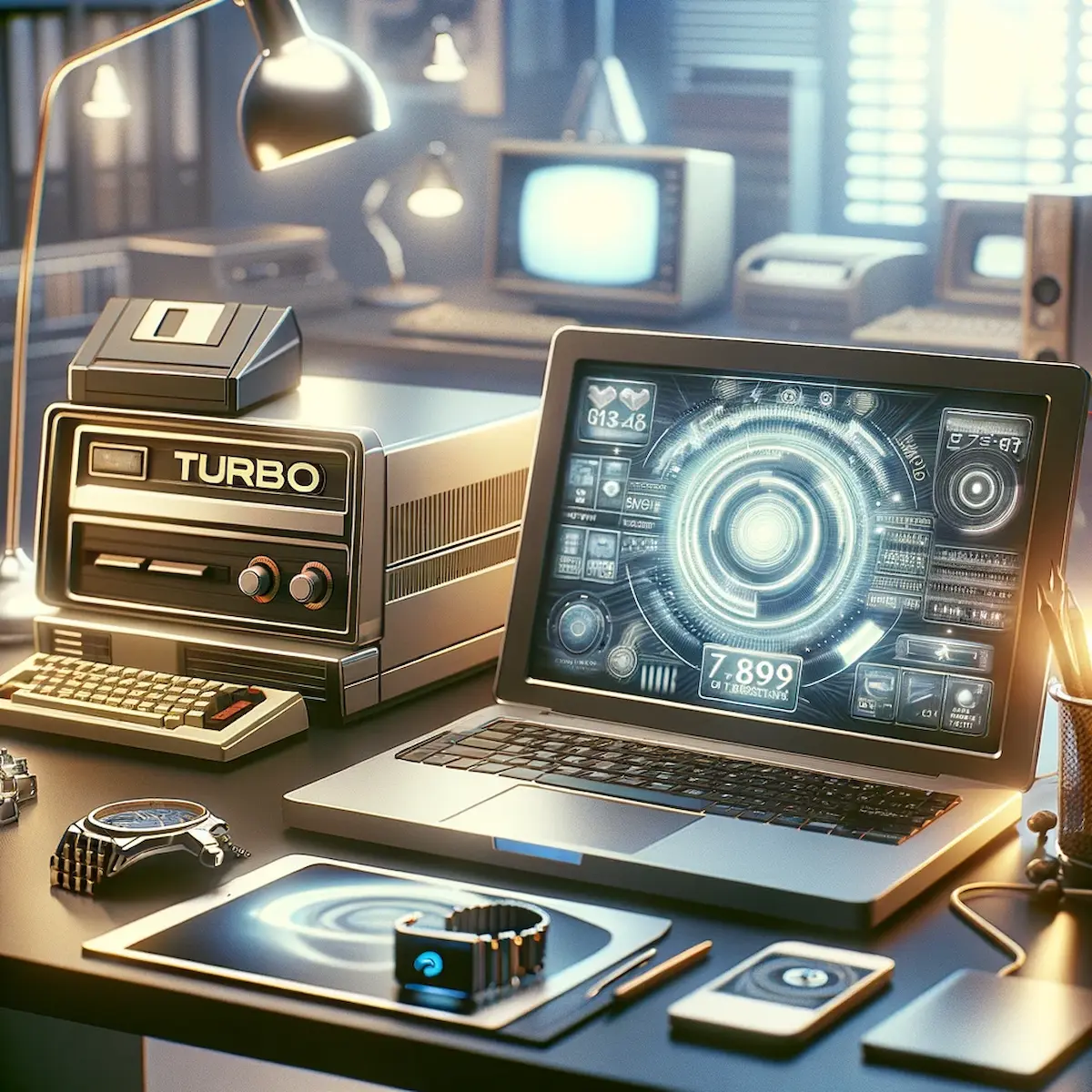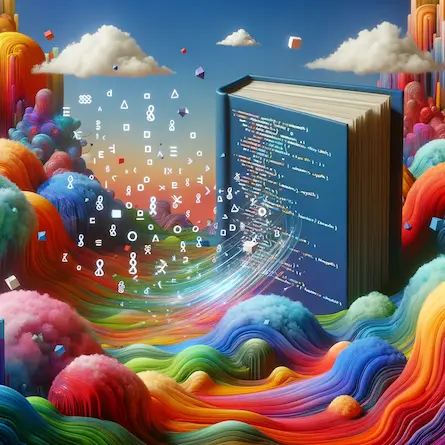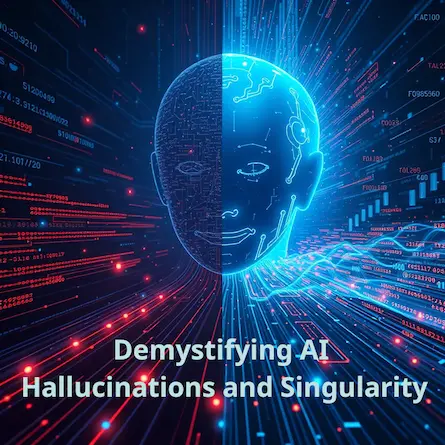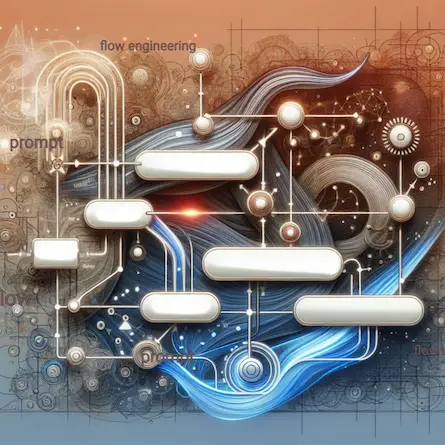
Embracing the Past and Future in Application Development
- Ctrl Man
- Tech History , AI
- 17 Mar, 2024
As we traverse the ever-evolving landscape of technology, we find ourselves reminiscing about the past while gazing into the future. The ‘Turbo’ button on vintage computers — a quaint relic of the past — reminds us that advancements in technology are as much about power as they are about control and usability. As we step into the future, we may wonder if the concept of a ‘Turbo’ feature to toggle the speed of our machines will make a comeback in an age where artificial intelligence dominates.
In the realm of artificial intelligence, we often discuss the concept of the singularity — the point where AI surpasses human intelligence in all aspects, a notion that both excites and unnerves. The singularity represents an intelligence so vast that it dwarfs our human capabilities, potentially requiring us to find ways to ‘slow down’ or adapt these advanced technologies to our human pace, much like the ‘Turbo’ button allowed for a slower, more compatible mode for running legacy software.
Reflecting on Retro Tech
In the golden era of computing, a user could press the ‘Turbo’ button to decelerate their machine, allowing them to run older programs at a manageable speed. This feature ensured that even as hardware advanced, it remained backward compatible with legacy applications, an essential aspect of user-centered design.
Today, we face a different challenge. As AI grows exponentially more powerful, we must consider how to maintain the human element in a landscape dominated by machines. Will future technologies include a ‘Turbo’ like feature, not for speed, but for intelligibility? Will we need to press a button to bring the AI’s functioning down to a human-relatable level?
Envisioning the Future of AI
As we consider the singularity, we face the paradox of creating AI-driven productivity tools that can potentially improve upon their own design far beyond our human intellectual capacity. This concept teeters between a utopian vision of limitless assistance and a dystopian fear of uncontrollable technology.
While the singularity remains a speculative and controversial topic, it’s a conversation starter about the ethics and direction of our technological development. Whether we’ll need a ‘Turbo’ feature in AI to maintain our connection to technology is an open question, but it serves as a metaphor for our need to remain at the helm of technological advancement, ensuring it enhances rather than overruns the human experience.








